Cecilia Cahum Cahum and her family have lived in a traditional Maya community in the jungle since she was a small child. Located only an hour’s drive from Tulum, the community has made a living from tourism for years, but when the COVID-19 pandemic hit, things changed.
In a meeting between five Maya communities, Cecilia’s family and others decided to isolate themselves completely from the outside world. “Since we know how to farm and survive in the jungle, we decided to protect ourselves from the virus that way,” she explained.
Cecilia and her brothers gave up their jobs in the city and joined the community where, for six months, no one was allowed to come or go for any reason. They cultivated beans, squash, corn, sweet potatoes, and other vegetables, and raised chickens. None of the community members came down with COVID.
When they emerged from isolation, over 1,000 people had died of the virus in their state of Quintana Roo — and indigenous people who caught it had been hit the hardest.
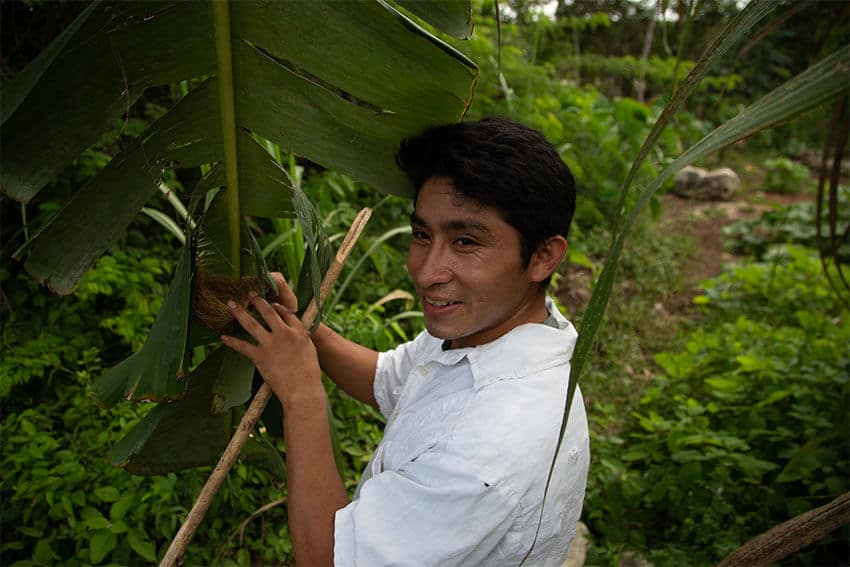
Stretching from Cancún to Tulum, Mexico’s Riviera Maya depends heavily on tourism. Mexico remained open to air travel throughout the pandemic, with no testing, quarantine, or vaccine requirements, and over 35 million international tourists visited the country between January 2020 and August 2021. In the period from January to August in 2021, more international tourists flew into Cancún than any other Mexican city, according to Tourism Ministry data.
Alarming statistics began to surface early in the pandemic. Many people working in tourism in the Riviera Maya caught the virus, but the fatality rate for those who tested positive for coronavirus in Mexico was roughly 50% higher for indigenous people than it was for the rest of the population during the first year of the pandemic, according to analysis by the data journalism organization Data Crítica.
Health inequities and financial and social barriers were all found to be contributing factors; studies linked this disproportionate fatality rate to the presence of comorbidities like high blood pressure and diabetes in the indigenous population, likely due to a lower quality diet which put them at higher risk for COVID-related complications.
Risk of exposure was also especially high for many indigenous people in the Riviera Maya; the highest COVID death toll of indigenous people in Mexico was registered in the Cancún area, where many hold informal jobs in tourism. Some indigenous people like the members of Cecilia’s community, however, had the option and the necessary expertise to leave their jobs and return to a rural lifestyle, a choice that illuminated the community’s strengths and knowledge and may have saved lives.
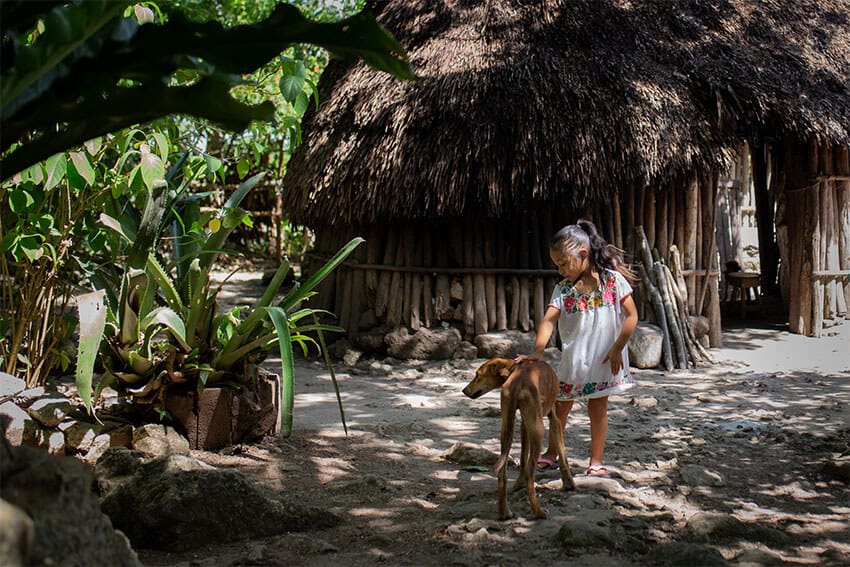
According to Rommel Santiago Salazar Perera, a Maya nurse and farmer, isolation from the increased COVID risk presented by the tourism industry isn’t the only reason that indigenous people might be better off in rural areas than they are in the cities of the Riviera Maya. Returning to a traditional farming lifestyle is a health advantage in itself because farmers harvest and consume their own produce, which provides better nutrition than an average indigenous family might be able to afford in the city.
Salazar himself benefits from a government program called Sembrando Vida (Sowing Life), through which many indigenous and non-indigenous farmers are paid for their farming work and are provided with fruit, spice, and timber trees. Jesús Ariel Suaste Salazar, an indigenous regional leader of the Sembrando Vida program, said the project has allowed many indigenous people in the areas surrounding the Riviera Maya to live in the countryside during the COVID-19 pandemic and fully support themselves through farming.
Unlike Cecilia’s community, some of these indigenous farmers did not isolate completely during the pandemic, and some did catch COVID-19, but Suaste said that due to the overall superior health of the rural indigenous community, many of those who got sick were able to recover easily at home. The spread of the virus was also slower, since farmers in rural areas had more space to isolate themselves from family members than those living in cramped conditions in the city.
While the role of indigenous people in the typical tourism model of the Riviera Maya has historically placed them in low-income, high-COVID exposure roles that likely contributed to the high number of indigenous deaths in the area, indigenous-led ecotourism initiatives are now surfacing that capitalize on their own culture and knowledge of the natural world. The initiatives have allowed these communities to benefit more directly and control their own health risks and safety during the pandemic.
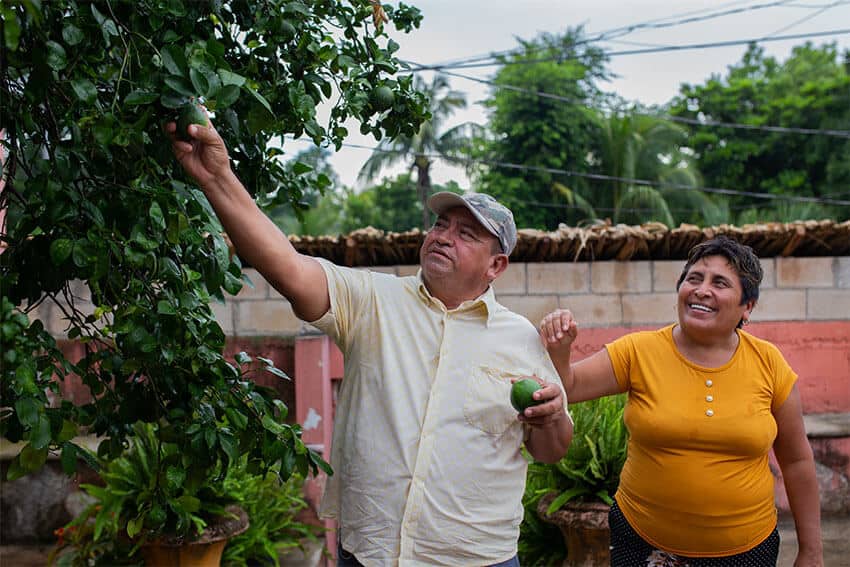
Although Cecilia’s family was able to survive on subsistence farming during their isolation, they now hope to increase their income and capitalize on the booming tourism industry nearby as pandemic risks subside. They are currently working to further develop an ecotourism program they had started before the pandemic; she and her family are welcoming tourists into their community to learn about their way of life in the jungle, spend time in nature, and taste the traditional food grown and prepared there.
The family also plans to expand their sustainable farm: “We haven’t forgotten how to live the traditional way, and we feel that it is important to keep the farm going,” explained Cecilia’s brother, Victor Facundo Cahum Cahum.
Cecilia’s family is part of a larger movement to establish successful indigenous-led ecotourism programs across the region. The indigenous cooperative “Community Tours Sian Ka’an” takes tourists out on boats to learn about the ecosystem and wildlife species in the Sian Ka’an Biosphere Reserve, a UNESCO world heritage site near Tulum. Tourists can also learn about Maya culture through visits to archaeological sites within the reserve.
The cooperative was able to continue the tours for much of the pandemic with low risk of COVID since their activities are outdoors and workers can keep their distance from tourists. Roman Caamal Coh, general manager of the cooperative, said he hopes this type of ecotourism can continue to grow and empower indigenous people. With increasing interest from tourists in nature- and culture-based experiences, indigenous-run ecotourism programs are now meeting a growing demand.
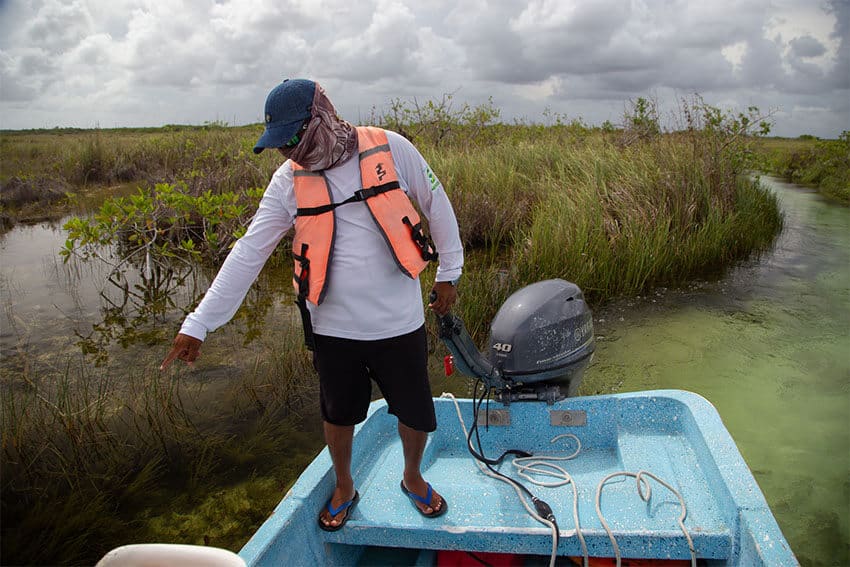
It remains to be seen what will happen in the Riviera Maya as the pandemic continues to unfold. The spread of COVID-19 has revealed underlying inequities in communities across the world, and in the touristic Riviera Maya it has brought to light a need to address social and health justice for indigenous people, many of whom were heavily impacted by the virus before the option to vaccinate became available.
However, the pandemic has also revealed great strengths in the indigenous community in Mexico, such as the ability of many local indigenous people to protect themselves by returning to a traditional rural lifestyle as Cecilia’s community did, and it has helped spark the development of new indigenous-run projects in the region. Many leaders of indigenous-led ecotourism programs hope to carry their businesses into the post-pandemic world, empowering an indigenous population that has faced marginalization in the past.
They believe that the indigenous connection to nature and the land can contribute to the health, safety, and prosperity of local communities as well as that of the broader tourism industry as they begin to lead projects that capitalize on their own unique set of knowledge and experience.
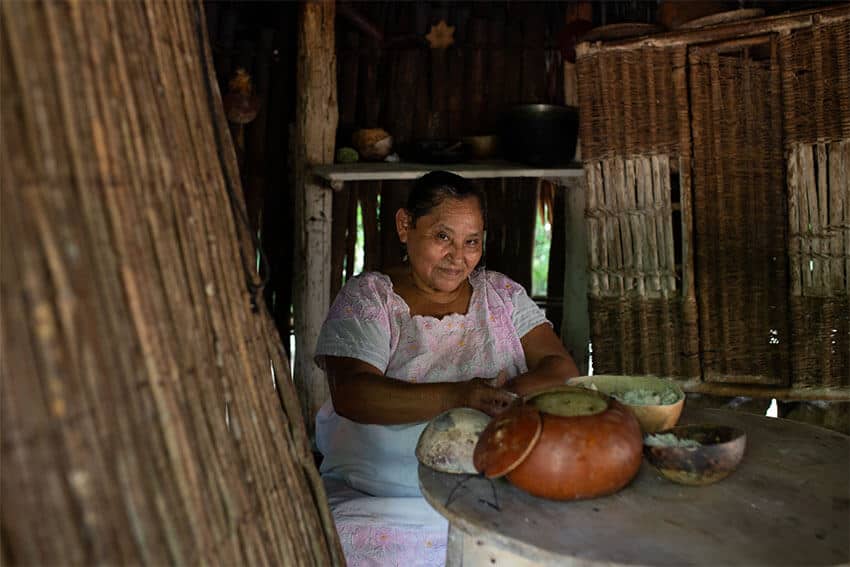
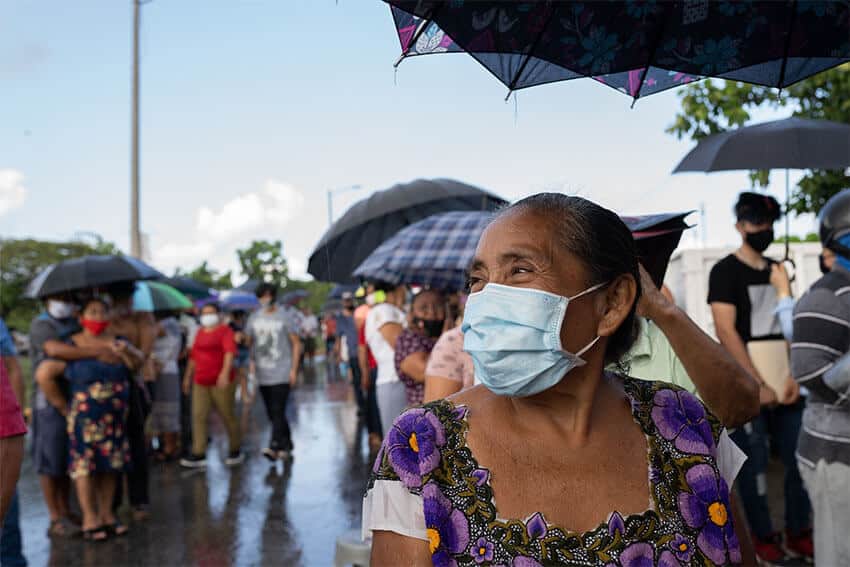
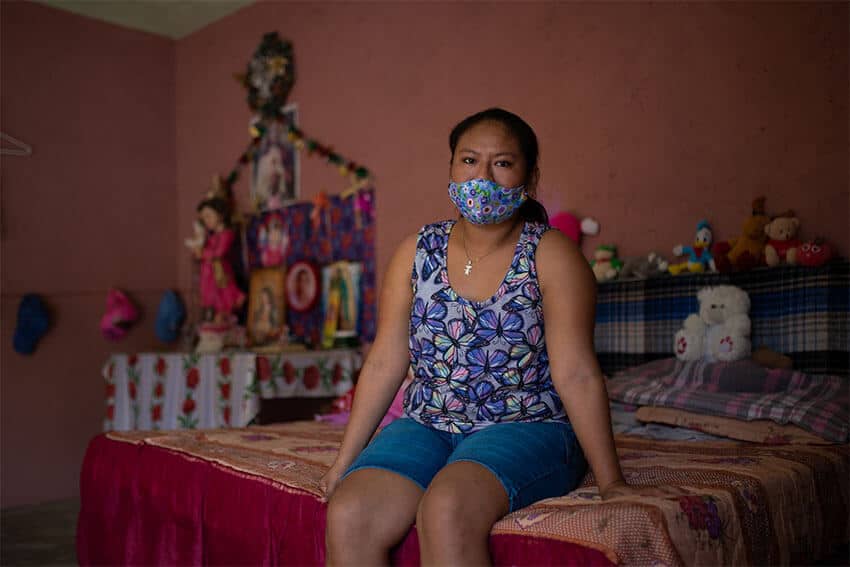
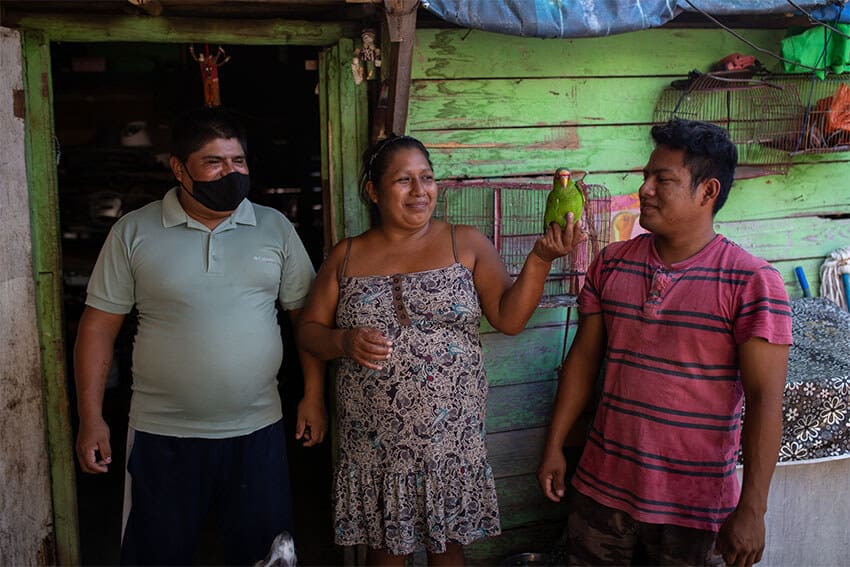
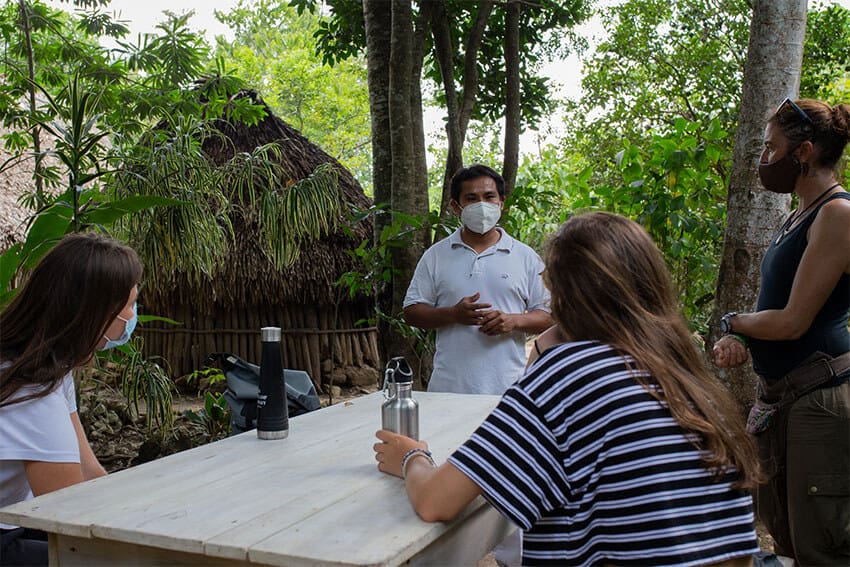
This project was funded by the National Geographic Society.
